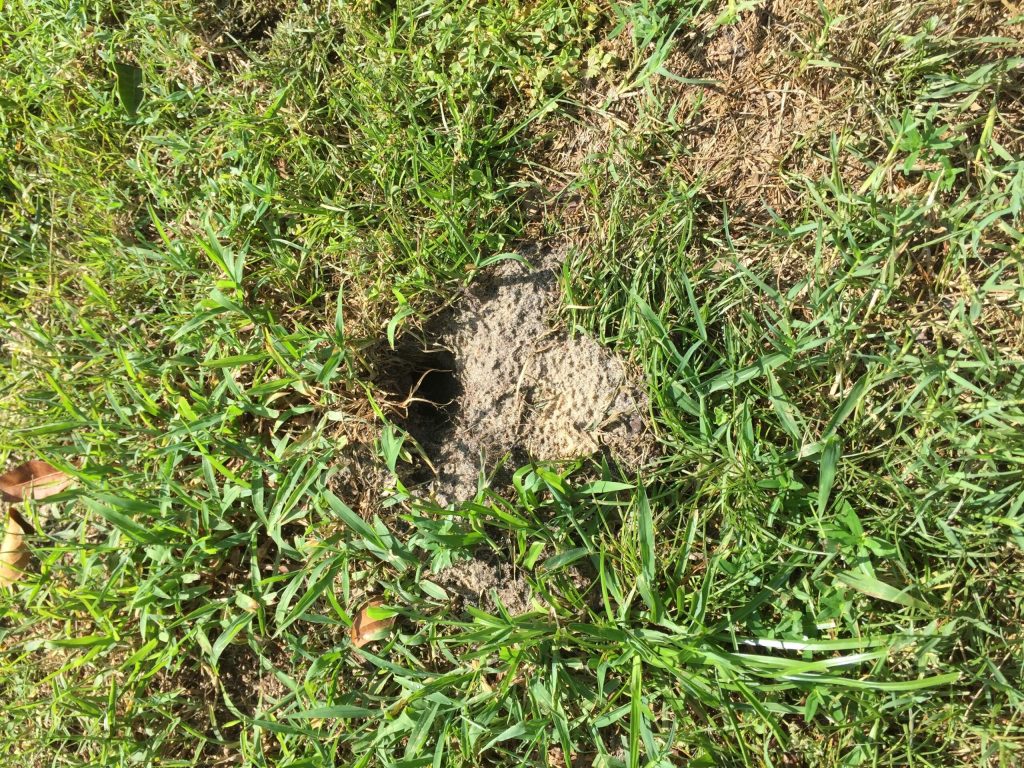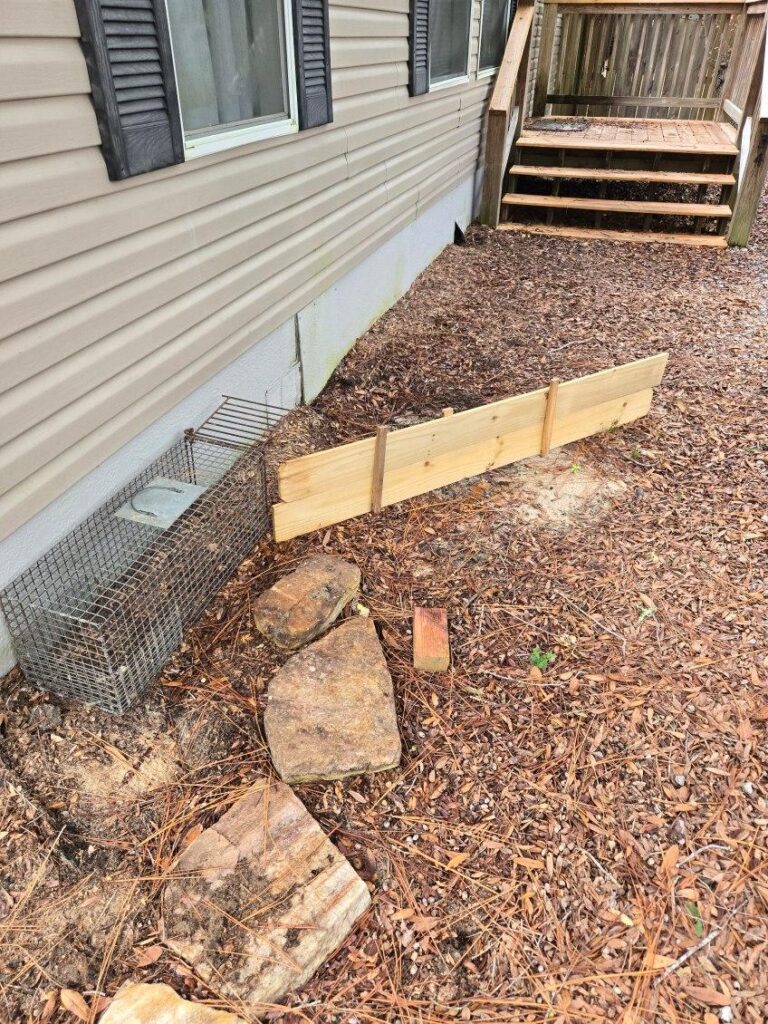In Houston, TX, armadillos tend to be the biggest problem during the warmer months, particularly in spring, summer, and early fall. This is when they are most active, foraging for food like insects, grubs, and worms. Their digging behavior can cause damage to lawns, gardens, and even the foundations of homes.
When Are Armadillos Most Active in Houston?
- Spring (March–May): Increased activity due to warming temperatures and mating season.
- Summer (June–August): High nighttime activity as armadillos are primarily nocturnal.
- Fall (September–October): Still active, especially after rain when soil is easier to dig.
Additionally, after heavy rains (common in Houston), armadillos are more likely to dig around properties since wet soil makes it easier for them to find food. If you or your customers are dealing with armadillo problems, trapping and exclusion methods are the most effective solutions.
Signs of Armadillos in the Yard


Armadillos are nocturnal, so the most obvious signs of an armadillo in the yard are armadillo holes. Armadillos are natural burrowers, often leaving conspicuous holes in yards and gardens. They primarily dig holes to create shelter and search for food.
Typically, armadillo burrows are shallow, measuring 7 to 8 inches in diameter, and can extend up to 15 feet in length. The entrances are often half-moon shaped or inverted U-shaped, reflecting the shape of an armadillo’s body. Due to their digging activity, the soil around the entrance may be loosened or slightly elevated.
Property owners are most likely to notice armadillo dung around the burrows and culverts where these animals hide. Armadillo scat is usually in the form of small pellets about an inch long. What armadillo poop looks like depends on what the animal ate recently. Their feces typically contain parts of the bugs and other insects that make up their diet. Small bits of soil, twigs, and debris consumed while eating grubs and larvae are also detectable in armadillo droppings.
Problems with Armadillos in the Yard
Armadillos can be more than simply an irritation when they enter yards. They pose very little danger to people and pets, and they rarely if ever, get inside a house. Their digging causes the biggest problems.
Armadillos are a problem on your property because:
- Destroying your lawn and garden.
- Digging up plants, flowers, and vegetables.
- Weakening structures by digging dens underneath the foundations.
As the peculiar pests continue to expand their range north, more and more homeowners are finding telltale signs of an armadillo excavating and rooting for insects in their lawns. The animals are exceptional diggers, so landscaping damage usually includes holes up to three inches deep and five inches across. It can sometimes appear as if the turf has been peeled away from the surface.
Armadillo Control in Houston
Burrows may inadvertently extend beneath houses, but armadillos are not inclined to enter human dwellings. However, they may venture into residential yards, agricultural properties, and pastures in search of adequate nesting sites or food sources.
Armadillo Removal Near You

Individuals should never attempt to trap or handle wild armadillos without the assistance of wildlife control specialists. Critter Control wildlife experts can safely remove the nuisance animals and safeguard property owners from the risk of harmful bites, scratches, and bacterial infections.
Exclusion & Control
The best way to exclude armadillos from private properties is to remove their access to food sources. Ants or termites in residential areas should be eliminated, which can be a rather involved process requiring the talents of pest control specialists. Although armadillos are proficient climbers and burrowers, they can be restricted from yards and gardens by installing outward-angled fences buried at least a foot into the ground.